Share this post
AUTHOR:
Lifestyle Photography Tips for Natural, Candid Results
October 7, 2025
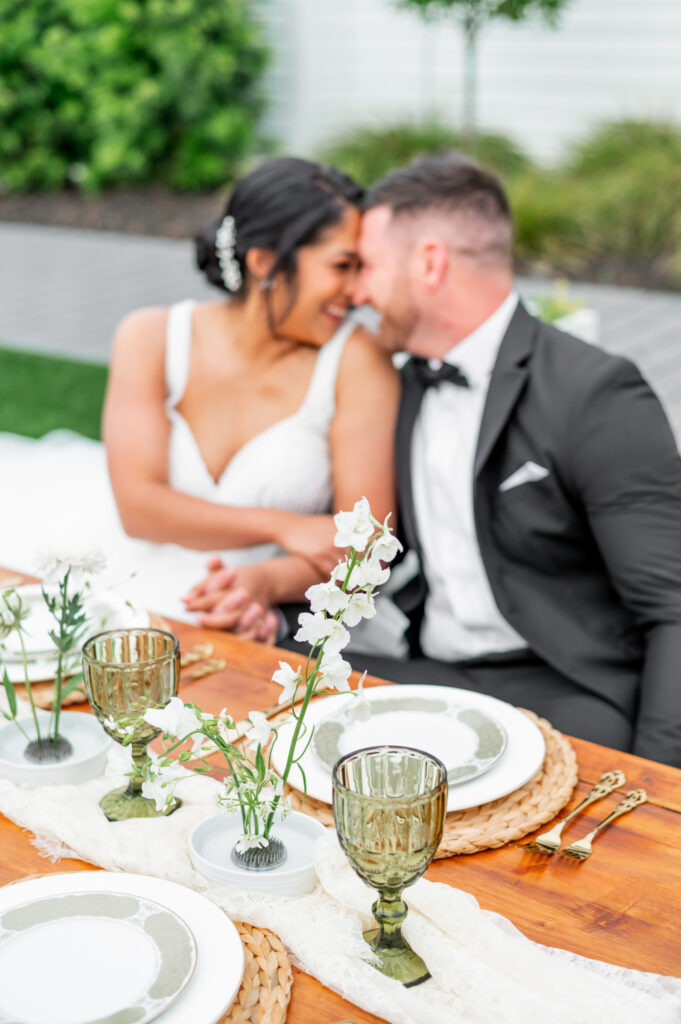
Lifestyle photography is all about capturing genuine moments that feel real and unscripted instead of posed and stiff. As a photographer, finding ways to keep your clients comfortable while creating photos they’ll treasure takes both technical skill and a storytelling mindset. In this guide, we’ll explore essential lifestyle photography tips for photographers who want to create authentic, candid results every time. Whether you’re photographing a family, a couple, or even a personal branding session, these insights can help you refine your craft and book repeat clients.
Here’s what we’ll cover:
- Creating a Comfortable Environment
- Working with Natural Light
- Directing Without Posing
- Capturing Small Details
- Choosing the Right Location
- Timing the Session Right
- Encouraging Genuine Interaction
- Balancing Composition and Spontaneity
- Post-Processing for Authenticity
- Building Trust Through Lifestyle Photography
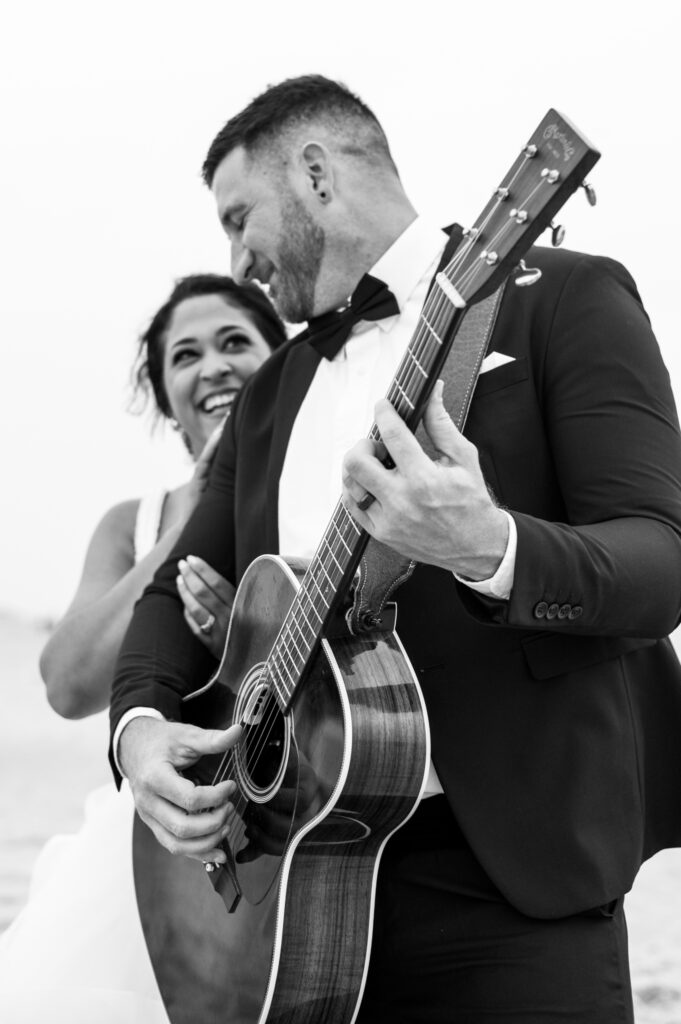
Creating a Comfortable Environment
Lifestyle photography thrives when clients feel relaxed and free to be themselves. Your job as the photographer is to create a safe space where people don’t feel like they’re being judged or stiffly directed. Think of it less as a photo session and more as an experience where everyone can simply enjoy the moment. Small touches like greeting them warmly, explaining what to expect, or even playing music can instantly change the tone of the session. The more comfortable they feel, the more natural their photos will be.
Using Conversation in Lifestyle Photography
Clients often feel nervous in front of the camera, so conversation is your tool for breaking down walls. Talk about simple things, kids’ favorite cartoons, upcoming vacations, even what they had for breakfast. When people laugh and chat, lifestyle photography transforms into a relaxed experience with authentic expressions that shine through the images. Casual conversation helps keep the atmosphere light and shows your clients that you’re more interested in their story than in perfect posing. This helps them focus on the moment instead of worrying about how they look.
Setting the Mood for Candid Shots
Start by making your setup less intimidating. Avoid large, imposing equipment if possible and instead use portable gear that doesn’t overpower the atmosphere. A calm setting helps people forget the camera is even there, which is the foundation of successful lifestyle photography. You can also adapt the environment by dimming harsh lights or creating a cozy corner that feels natural for your subjects. The key is to design an atmosphere where your clients can truly let their guard down.
Working with Natural Light
Lighting is one of the biggest factors in making lifestyle photography look natural. Harsh artificial light often creates shadows and highlights that feel staged, while natural light blends seamlessly into the environment. By paying attention to the time of day and the direction of light, you can instantly elevate the authenticity of your photos. A well-lit space doesn’t just improve image quality, it sets the mood of the entire session.
Golden Hour Lifestyle Photography
The golden hour, right after sunrise or just before sunset, creates warm, flattering tones that naturally enhance candid moments. Using golden hour minimizes harsh shadows and makes lifestyle photography images appear soft, dreamy, and timeless. This window of light is forgiving and perfect for creating a relaxed, romantic atmosphere. It’s also an opportunity to experiment with backlighting or silhouettes to tell a more emotional story. Golden hour gives you flexibility to blend technical skill with storytelling ease.
Indoor Natural Light Opportunities
Not every session can be outdoors. Window light with sheer curtains can create a natural look indoors. Learning how to situate your subjects near natural light sources is essential for keeping your lifestyle photography authentic and flattering. Consider how the direction of the light changes throughout the day and choose rooms with larger windows when possible. Adding small adjustments like opening blinds or repositioning furniture can make a dramatic difference in how natural the photos appear. Take a look at this article 16 Tips for Beautiful Indoor Natural Light Photography for more tips on how to shoot indoor natural light.
Directing Without Posing
One of the biggest challenges in lifestyle photography is guiding clients without turning the session into a stiff portrait shoot. The secret lies in giving prompts rather than rigid instructions. This creates room for genuine reactions while still helping you maintain control over the scene. By mixing small cues with open-ended actions, you encourage your clients to move, laugh, and connect in ways that feel authentic. The result is a set of images that look effortless while still being intentional.
Prompting Actions in Lifestyle Photography
Instead of rigid posing, give your subjects easy prompts like “walk hand-in-hand” or “whisper a funny secret.” These actions produce real smiles and gestures, creating lifestyle photography images that look natural while still being guided for compositional balance. Prompts allow clients to interpret the action in their own way, which adds to the uniqueness of each session. They also give shy clients something to focus on, which helps reduce self-consciousness.
Creating Movement for Candid Results
Encourage play, kids running in the grass, couples spinning in circles, or friends clinking glasses during a picnic. Movement introduces authenticity and unexpected moments that elevate your lifestyle photography portfolio. It also creates opportunities for laughter, interaction, and natural gestures that you can’t fake with static posing. Motion blurs, playful chaos, and spontaneous interactions often become the standout shots your clients love most.
Capturing Small Details
Candid moments are not always about big smiles or sweeping landscapes. Sometimes, the smallest details hold the deepest meaning. Lifestyle photography invites you to look closer at the environment and the people you’re photographing. These micro-stories help clients relive not just how the session looked, but how it felt. Details can transform an ordinary gallery into one that feels layered and personal.
Close-Ups in Lifestyle Photography
While full portraits are beautiful, close-ups of hands intertwining, kids’ little shoes, or coffee cups clinking add emotional storytelling layers. Lifestyle photography thrives when you highlight details that people often overlook but cherish later. These images provide balance in a gallery by mixing wide shots with intimate moments. They also act as anchors in the story, capturing the quieter, more meaningful parts of the experience.
Documenting Background Elements
The environment also tells part of the story. A decorated nursery, a home kitchen with flour on the counters, or tree-lined fields can serve as backdrops that make lifestyle photography feel rooted in a real moment. Paying attention to background elements prevents photos from feeling generic. Instead, the setting becomes part of the narrative, giving the client a deeper sense of connection to their images.
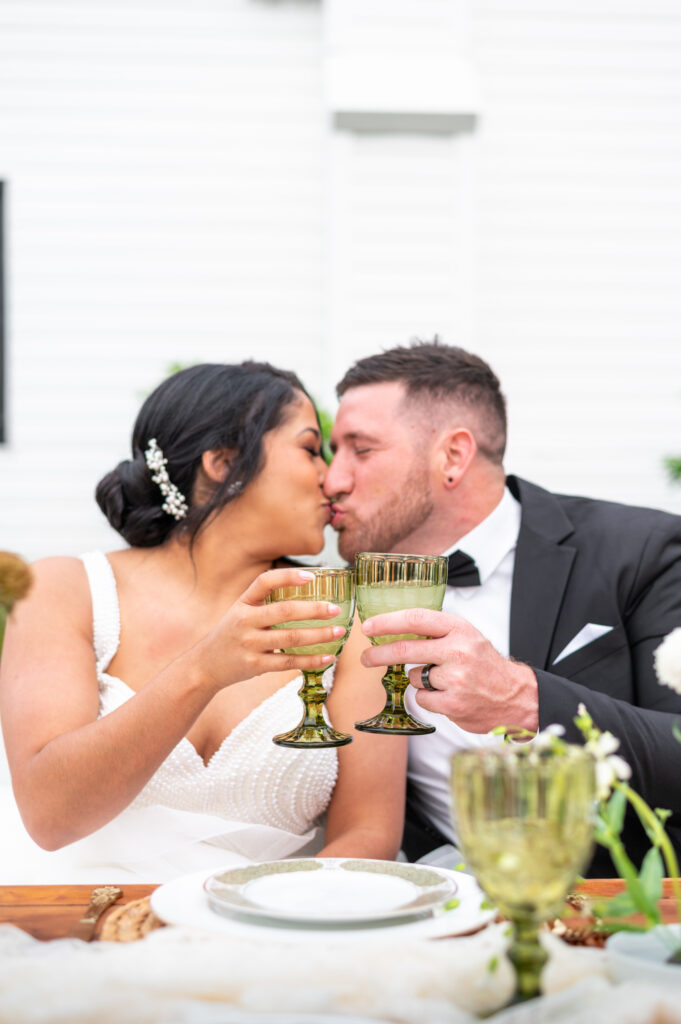
Choosing the Right Location
The right location can make or break the natural flow of lifestyle photography. It sets the tone, influences how comfortable your clients feel, and shapes the overall story you’re trying to tell. Some clients may thrive in open outdoor spaces, while others feel most at ease at home. Your job is to select or suggest a setting that reflects their personality while also offering great light and storytelling potential.
Outdoor Lifestyle Photography Benefits
Natural outdoor settings encourage playful and spontaneous behavior. Fields, parks, or urban streets all provide opportunities for candid lifestyle photography that reflects genuine energy and personality. Outdoor environments also offer ever-changing backdrops, which keep sessions dynamic. Seasonal elements like autumn leaves or spring blossoms can naturally enhance storytelling without added props.
Using Home Sessions for Comfort
Sometimes the best lifestyle photography happens at home. Families are at ease in familiar surroundings, and the resulting images showcase their daily lives authentically. Home sessions also reduce stress for kids, making smiles easier to capture. Familiar spaces also reveal more of a client’s personality, making the images unique to them rather than generic.
Timing the Session Right
Great lifestyle photography is often a game of timing. Even the best locations and lighting can fall flat if clients are tired, hungry, or distracted. Choosing the right time of day ensures everyone is in the best possible mood and that natural light is at its peak. Good timing also gives you opportunities to capture spontaneous in-between moments that can’t be staged.
Scheduling for Family Lifestyle Photography
Photographing kids requires planning around naps and meal times. Parents appreciate when you consider these details, and you’ll get more joy-filled candid moments when children are at their happiest. This creates lifestyle photography sessions that flow naturally instead of becoming stressful. Being flexible with timing shows parents you value their needs, which builds trust and increases the likelihood of repeat bookings. Take a look at these Newborn Poses for lifestyle photography.
Making Use of Lulls in Couples’ Sessions
With couples, pauses in conversation or quiet moments can be golden opportunities. That quick hug, glance, or inside joke often makes for the most moving lifestyle photography images and they usually appear when clients aren’t trying. Embracing silence rather than rushing to fill it allows natural intimacy to shine through. These moments may be fleeting, but they are often the ones couples treasure most.
Encouraging Genuine Interaction
The heart of lifestyle photography is genuine connection. Rather than orchestrating perfect poses, focus on sparking real interaction between your subjects. This can come in the form of games, shared stories, or small actions that naturally bring out emotion. Encouraging authentic engagement helps clients forget about the camera and lean into the moment.
Lifestyle Photography Through Games
For families, games like tag, peekaboo, or building towers invite playfulness. You capture unguarded laughter and excitement that showcase real relationships in lifestyle photography. Games break the ice quickly and give kids a chance to show off their personalities. They also help parents relax, because they see their children enjoying the process instead of being forced into stiff poses.
Encouraging Couples With Subtle Prompts
Prompts like “tell them what you love about them” or “share a memory that makes you both laugh” inspire tenderness and connection. Lifestyle photography is most powerful when it reflects emotional depth that looks natural on camera. Subtle prompts allow couples to focus on one another rather than the camera. The intimacy that follows often leads to images that feel authentic and deeply personal.
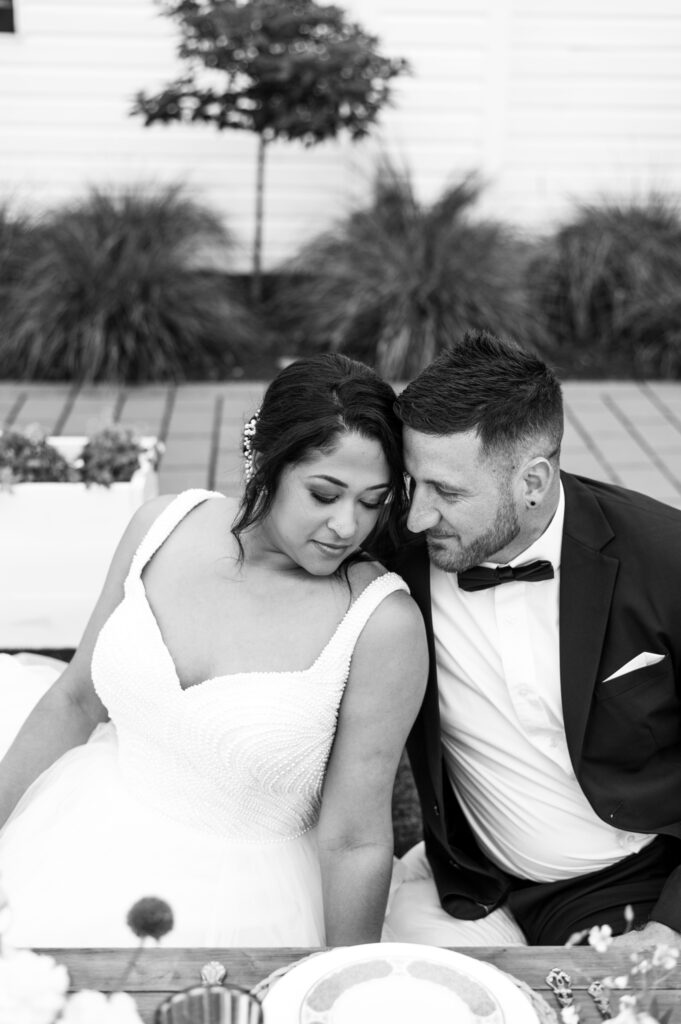
Balancing Composition and Spontaneity
While lifestyle photography is rooted in candidness, strong composition ensures your images remain visually compelling. It’s about striking the balance between technical excellence and organic storytelling. Thoughtful framing doesn’t have to interfere with spontaneity, in fact, it often enhances it. By training your eye to see composition quickly, you can let moments unfold naturally without losing control of the final result.
Rule of Thirds in Lifestyle Photography
Even while chasing candid moments, composition still matters. Using the rule of thirds keeps lifestyle photography balanced and visually appealing without interrupting the spontaneity of the scene. It provides a simple guideline that works in almost any environment. By keeping this principle in the back of your mind, you can move quickly without overthinking each frame.
Creative Framing Techniques
Experiment with framing, shooting through branches, wide door frames, or reflective surfaces. Lifestyle photography benefits from perspective shifts that enrich visual storytelling while keeping the scene authentic. These creative frames add depth and layers to your images, making them more dynamic. They also provide a sense of intimacy, as if the viewer is peeking into a private, unguarded moment.
Post-Processing for Authenticity
Editing is where your vision and brand style truly come together. But in lifestyle photography, heavy-handed retouching can undo all the natural magic you worked to capture. The goal is to enhance without distracting from the authenticity of the moment. Subtle edits that respect natural tones and textures are often the most powerful.
Editing Colors in Lifestyle Photography
Over-editing can strip away the natural charm of lifestyle photography. Keep color grading subtle to maintain skin tones while adding a consistent style that reflects your brand. Consider warming tones slightly for a cozy feel or desaturating harsh colors that pull attention away from the subject. Gentle adjustments preserve the integrity of the moment.
Keeping the Grain and Texture
Sometimes, slight grain or texture gives lifestyle photography its nostalgic and real feel. Don’t erase all imperfections; authentic photographs often carry beauty in their unpolished details. By leaving in a touch of grit, you honor the story rather than chasing a polished perfection. These imperfections are what make lifestyle photography timeless and emotionally resonant.
Building Trust Through Lifestyle Photography
Trust is the foundation of authentic lifestyle photography. Without it, clients may hold back, forcing you to work harder for real emotion. By investing in the relationship before, during, and after the session, you build loyalty that keeps clients returning. Trust transforms a photo session from a transaction into an experience worth repeating.
Client Communication Before the Session
Before starting, talk through expectations and understand each client’s story. When people trust you, they naturally open up for lifestyle photography sessions, making authentic images easier to capture. Clear communication reduces anxiety and eliminates surprises. It also shows clients that their story, not just their photos, matters to you.
Delivering a Personalized Gallery
Provide a gallery that feels customized, highlighting both candid moments and artistic interpretations. Clients will return for repeat lifestyle photography sessions when they feel you’ve captured their essence, not just their image. Personalization also strengthens your brand reputation as a photographer who goes beyond surface-level shots. A well-crafted gallery becomes a keepsake clients want to share and revisit.
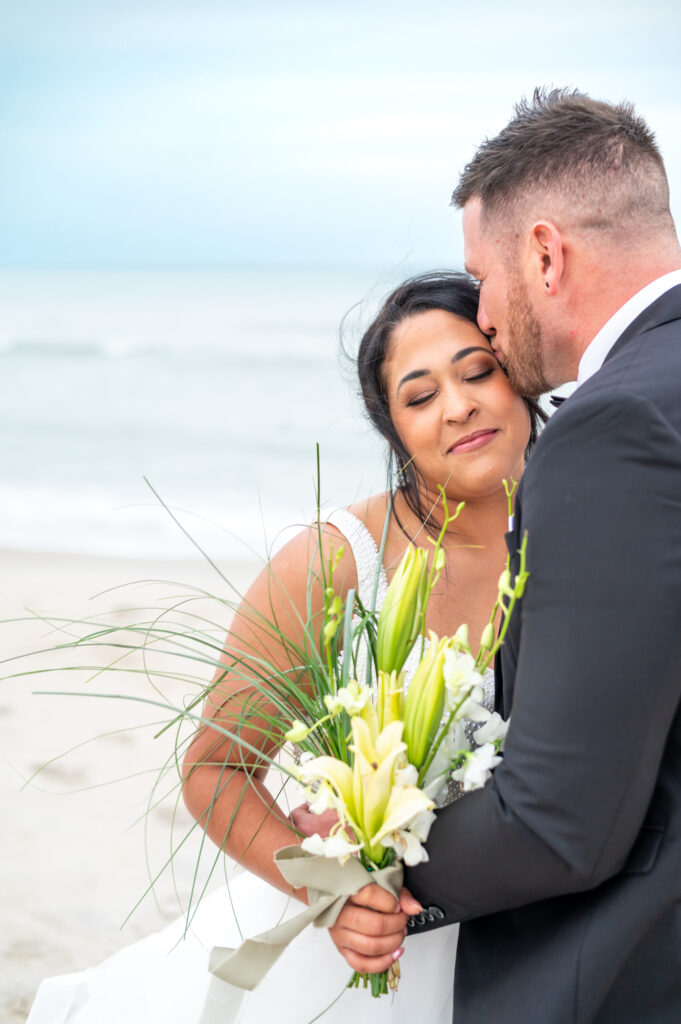
Lifestyle photography is about more than technical know-how, it’s about seeing the beauty in everyday interactions and capturing them with honesty. When you create a safe, relaxed environment, guide with intention, and lean into spontaneity, your work resonates more deeply with clients. These aren’t just images, they’re living memories that carry emotion, personality, and story. If you focus on connection first and technique second, the results will always feel genuine. Above all, remember that authenticity is what keeps clients coming back year after year.
Lifestyle photography is more than just pictures, it’s about capturing the honest, fleeting in-between moments that mean the most. If you’re ready to elevate your work and create galleries that surprise and delight your clients, now is the time to refine your approach. Book your next lifestyle photography session with intention, experiment with these strategies, and watch clients return again and again for authentic results. If you need more advice sign up for a 1:1 Coaching session today!
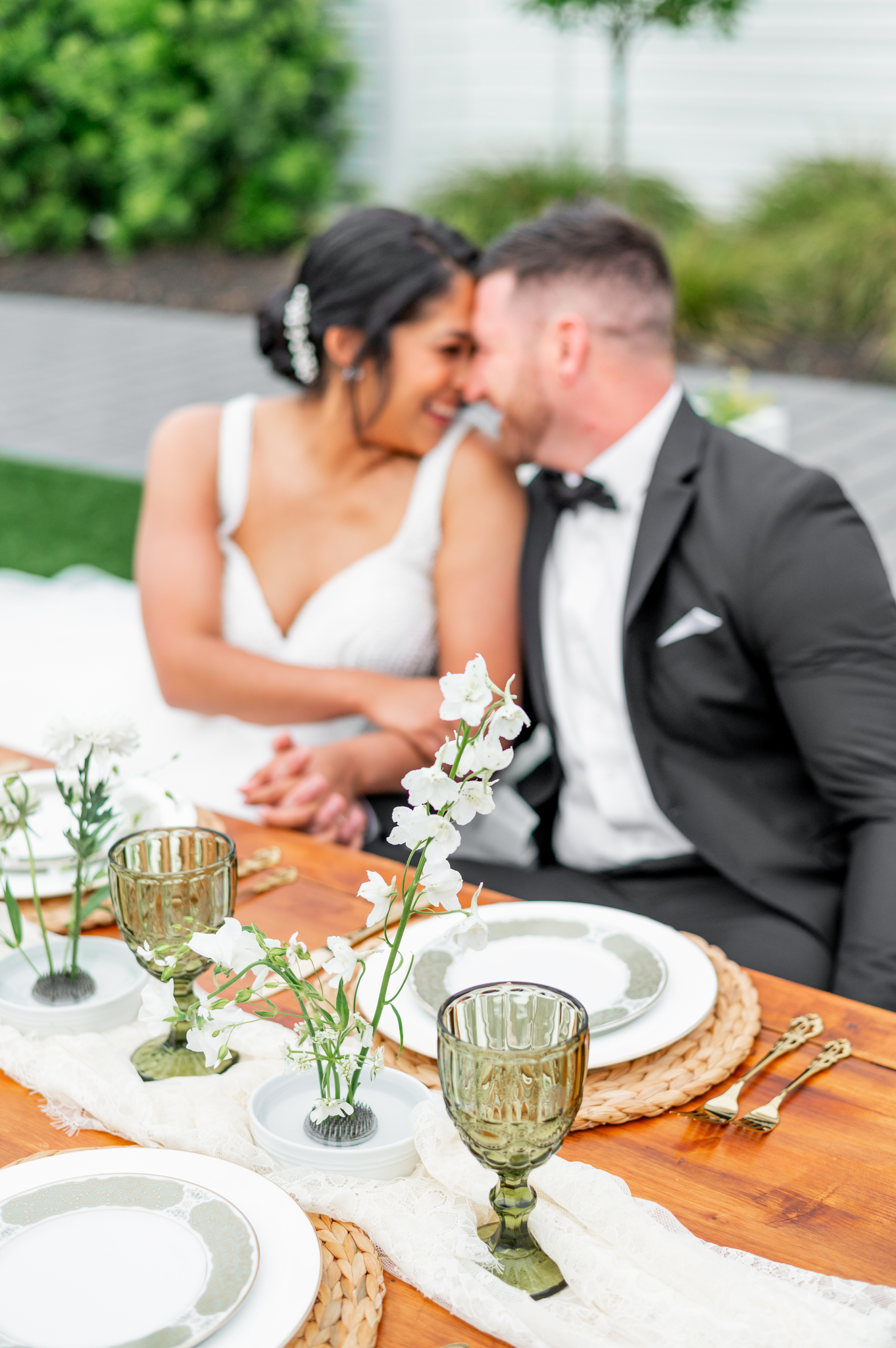
Comments